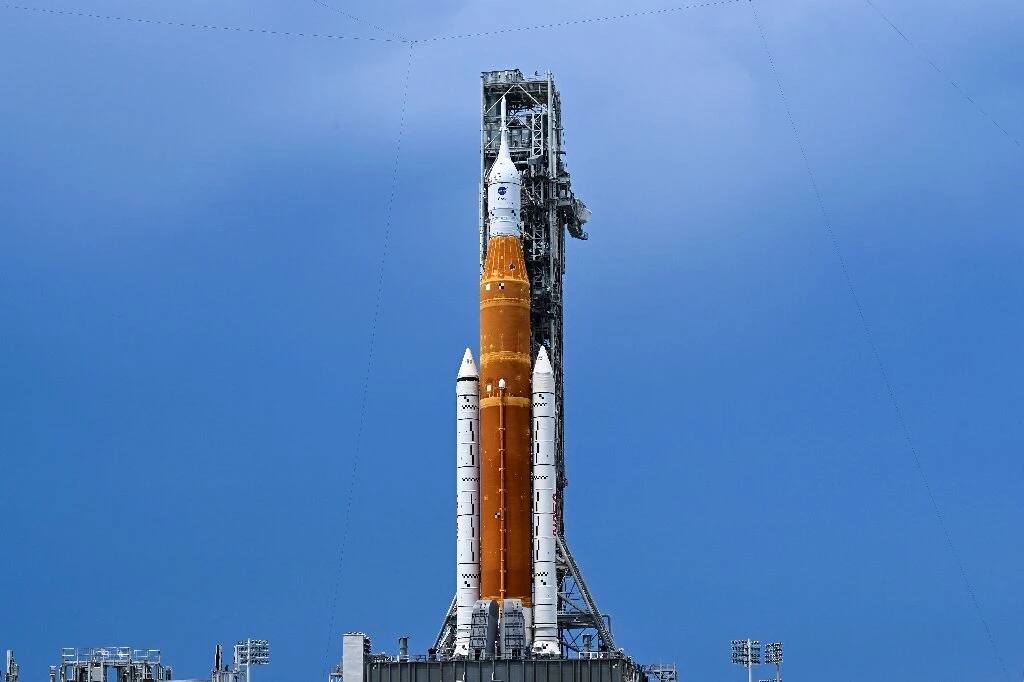NASA's Artemis I mission came to an end when Orion landed on Earth
How to distinguish between a standard black hole and a wormhole / Japanese firm ispace is racing to launch the first private lunar lander
The Artemis I mission has concluded. On December 11, the Orion spacecraft splashed down in the Pacific Ocean off the coast of California, concluding its 26-day trip to and from the moon.
On November 16, the gigantic Space Launch System (SLS) rocket carried the capsule into space for the first time. SLS and Orion endured years of delays, major budget overruns, and a barrage of last-minute technical challenges before they were able to launch; yet, the landing is as monumental.
The return of Orion to Earth was unlike that of any other spacecraft. It began when the spacecraft entered the atmosphere at over 32,000 kilometres per hour, causing its heat shield to reach temperatures of approximately 2760° C (5000° F).
Instead of continuing its descent towards the ocean, it did what engineers refer to as a "skip entry" since it resembled a stone skipping across a pond. As soon as it reached a height of approximately 61 kilometres, it flipped upside down to rapidly shift its centre of gravity, launching itself back into space by almost 30 kilometres before beginning its final descent.

Illustrative image.
This manoeuvre served three purposes: it allowed operators to more accurately pinpoint the landing spot, it reduced the pressure on the heat shield, and it reduced the ship's maximum g-forces by more than 40 percent, making future Orion landings easier and safer for humans.
The splashdown, which NASA administrator Bill Nelson termed "the ultimate test before we put astronauts on board," appeared to be a success. NASA's spacecraft engineers will now examine the landing data to ensure that the Artemis II mission will be as safe as possible for the astronauts aboard the Artemis II capsule, particularly the heat shield.
Laura Forczyck, a space expert, states, "Everyone is watching, and it had to prove itself." “It had to travel around the moon and Orion had to come back to Earth safely before anyone would be willing to put humans onboard.”
Artemis II is expected to be the first crewed launch of the SLS and the first crewed flight of the Orion in 2024. It will fly four people around the moon and back for around ten days to conduct a final test of the capsule's life support systems before Artemis III, considered by many to be the program's flagship mission.
Artemis III is scheduled for 2025 and will send two people to the surface of the moon for slightly over six days, including the first woman to ever walk on the moon, while two others remain in lunar orbit. The mission is expected to last approximately 30 days. This will be the first time since Apollo 17 in 1972 that humans have stepped foot on the moon, and it will pave the way for NASA's ambitious lunar exploration goals, which include a space station orbiting the moon and a permanent lunar outpost.
End of content
Không có tin nào tiếp theo
